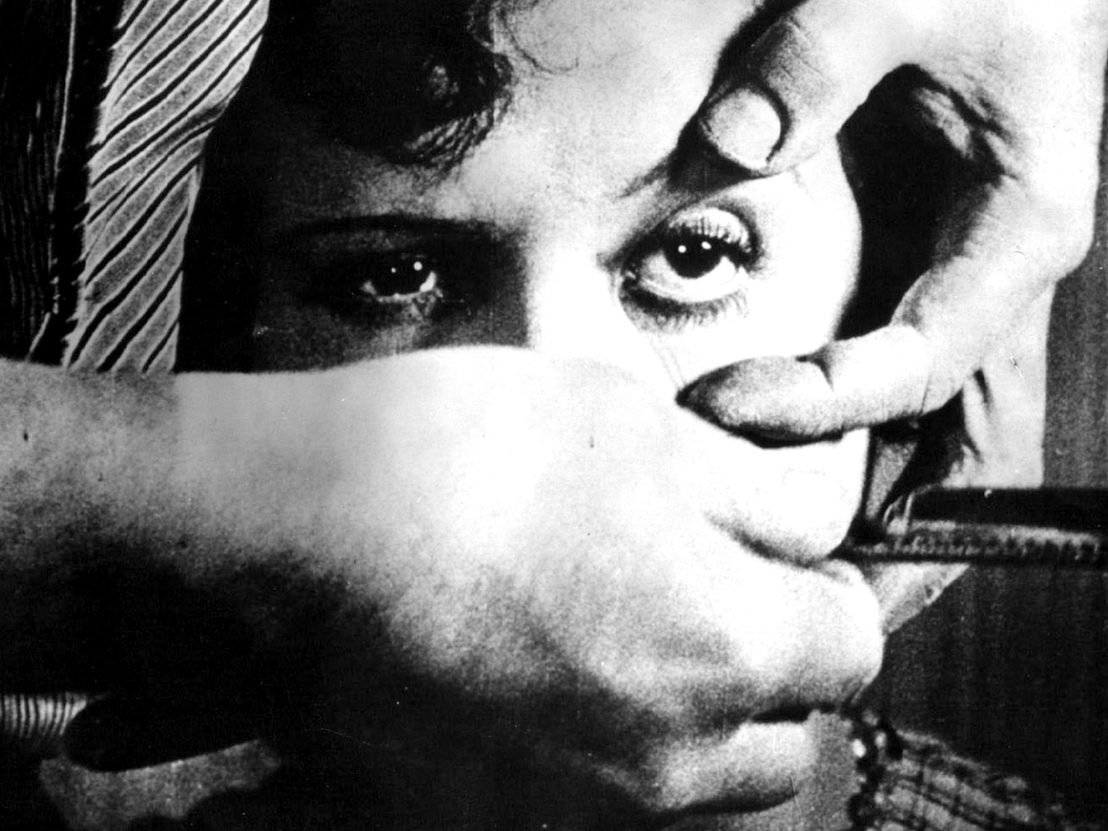THAT is what I want to explore the most, the different, the challenging, the new, the refreshing. Let's take a look at what characterizes this array of ideas that constitute the core of experimental films. The avant-guard. More than a genre, this is a niche that often influences the mainstream, going back to postmodernism, it shapes the oversaturated area of media that we often consume, and I wanted to see how my film could take a small part in doing this. This films explore the possibilities of the medium itself.
- Experimental: a form of film that challenges and re-evaluates cinematic conventions and explores ways of telling stories in non-narrative ways and uses alternative methods. They draw from different art forms such as literature, poetry, dance, painting.
- Genre conventions- content:
- There are no set of rules
- Express more personal experiences or eccentric topics
- minimum dialogue, they rely more on visuals
- rarely follow a narrative
- draw attention to themselves
- surrealism lends itself to experimental films, as it interprets the subconscious dreamlike features of how we interpret life.
- abstract form is used sometimes to transmit the message: shapes, colors, movement
- can seem completely random but are organized through theme and variation
- introductory sections shows the relationships that will be explored, and other parts show similar but different kinds of relationships
- dependent on building greater and greater distance of the introductory section, increasing the contrast of the parts as time goes on.
- Associational form juxtaposes film's parts to suggest similarities, contrasts, emotions, and expressive qualities
- doesn't follow a lot of conventions but generally relies on grouped images of larger sets
- repeated motifs
- content that invites interpretation
- Self-reflexive
- breaks 4th wall --challenges mainstream ilusion
- Surrealism
- non-contextual arrangement of subjects
- seems like a dream
- plot is very reliant on what the director wants to express
3. Genre Conventions- production:
common ways film makers challenge conventions in these films (not restricting or binding in any way), as the whole purpose of the niche is challenging the mainstream, so they conventions change and range widely.
- out of focus
- painting on film
- rapid editing
- asynchronous or non diagetic sound
- no sound track
- many create found-footage and repurpose existing material
- no dialogue
- numbered film frames
- choppy editing
- no specific target audience
- audio-visual manipulated in weird way
- lighting varies widely
- tends to have eccentric mise-en-scene
- location changes are minimal as the characters or things are the center focus of the films
- Voiceover-train of though of character
- low number of actors
4. Institutional Conventions- marketing:
- no clear target audience-- varies by topic
- shown in museum and niche film festivals
- posters tend to be unique and differ from everything in the media, very colorful and eye catching
- marketed in specific viewing experiences to assure the critical thinking and personal views of the viewer.
Film Example #1
directed by Shūji Terayama
- first scene protagonist breaks the 4th wall
- eager for a sense of freedom
- uses reverse tracking shot
- purple color grading throughout that is very prominent
- when the scene is tense soundtrack is loud
- the movie ends with how it started but instead of soundtrack being loud, it ends with him screaming in railroad
- represents counterculture
- explores the youth and the system it develops in
- plays with surrealism and realism by hinting at times that the camera is there, while also not explicitly telling the viewer everything, but making them feel it
- psychedelic scenarios
- mixture of styles deriving from music videos and documentaries
Film Example #2
Directed by David Lynch
- short film
- uses dialogue but mostly idioms--interesting choice to make viewer think
- breaks illusion and plays with the use of animals
- uses aesthetic of old movies
- Uses no color to stick and kind of mock old detective/suspect scenes from 60s movies
- minimal music, but includes musical number for dramatic effect
- minimal characters
- only one location
- diegetic train sounds
- shot reverse shot is most common but uses an array of close ups as well
- asynchronous sound throughout
More Examples:
Un chien andalou by Luis Buñuel
Intolerance by D.W. Griffiths
Eraserhead by David Lynch
Chealsea Girls by Andy Warhol
Boyhood by Richard Linklater
The Lobster by Yorgos Lanthimos
Dogtooth by Yorgos Lanthimos
st for the coming of age research!
Bibliography








No comments:
Post a Comment